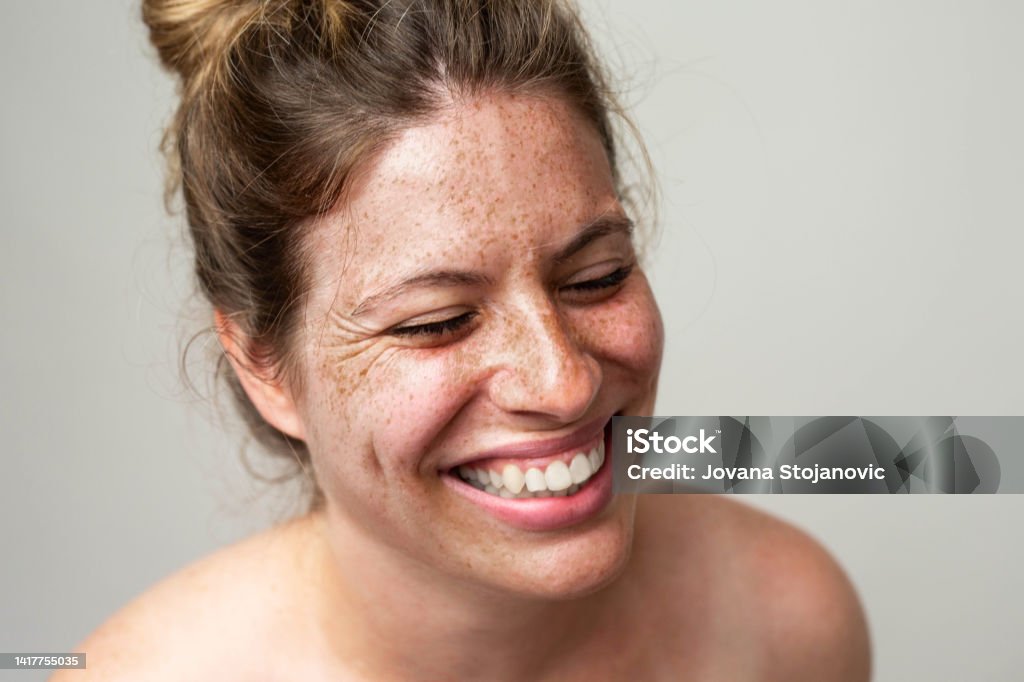
Understanding Molluscum Contagiosum
Causes, Symptoms, and Treatment Options
What is Molluscum Contagiosum?
Molluscum contagiosum is a viral skin infection characterized by smooth, pearly, flesh-colored bumps that can appear anywhere on the body. These growths typically start as small, firm bumps and may grow to the size of a pencil eraser. Each bump often features a central indentation where the virus resides. While molluscum contagiosum is generally benign and self-limiting, it can cause discomfort due to itching and potential skin infections. The condition usually resolves on its own within a few months to a year and can be spread through direct skin-to-skin contact.
Who is Affected?
Molluscum contagiosum predominantly affects children but can occur in individuals of any age. The virus is highly contagious and spreads easily through physical contact, including touching infected skin or sharing contaminated objects.
Symptoms
The primary symptom of molluscum contagiosum is the presence of small, pearly or flesh-colored bumps on the skin. These bumps are typically painless and no larger than the size of a pencil eraser. In some cases, they may become itchy or irritated.
Treatment Options
While molluscum contagiosum often resolves without medical intervention, treatment may be necessary to alleviate symptoms, prevent spread, and address cosmetic concerns. Several treatment options are available.
Cantharone Treatment
This method involves applying Cantharone, a blistering agent derived from beetles, to the growths. A blister usually forms within hours, and as it heals, the bump resolves. This treatment is generally well-tolerated, though some patients may experience sensitivity or minor blistering. Scarring is rare, and discomfort can be managed with compresses and over-the-counter pain relievers.
Cryotherapy
Freezing the growths with liquid nitrogen can effectively eliminate the bumps. This treatment involves applying liquid nitrogen with a cotton-tipped applicator, which may cause a brief, intense sensation of heat followed by blistering or irritation.
Curettage
In this procedure, the bumps are scraped off after numbing the area with a topical anesthetic. This method is effective but may cause temporary discomfort.
Follow Up and Prevention
It is common for new molluscum lesions to develop during treatment. Multiple sessions may be required to address all affected areas. It is essential to maintain good hygiene and avoid sharing personal items to prevent the spread of the virus. If new bumps appear or existing ones persist, consult your dermatologist for further evaluation and management.
It is common for new molluscum lesions to develop during treatment. Multiple sessions may be required to address all affected areas. It is essential to maintain good hygiene and avoid sharing personal items to prevent the spread of the virus. If new bumps appear or existing ones persist, consult your dermatologist for further evaluation and management.
Personalized Care
At Tucson Dermatology, our experienced dermatologists offer personalized treatment plans tailored to your specific needs. We are committed to providing effective and compassionate care to help manage and resolve molluscum contagiosum. Contact us today to schedule a consultation and explore the best treatment options for your condition.
